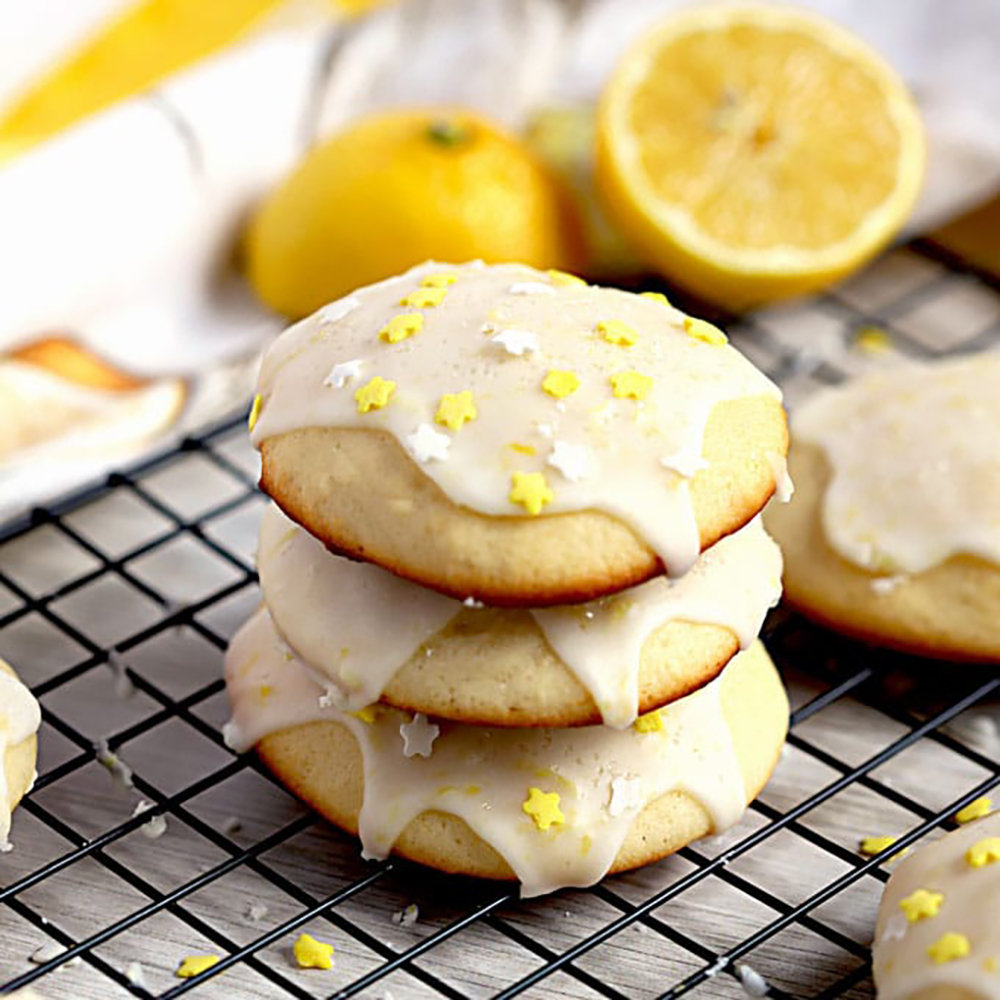By Chef Joseph Massaglia
Easter, or Pasqua, is the second most important Italian holiday after Christmas. The days leading up to Easter include solemn processionals and masses, but Easter weekend itself is a joyous celebration marked with many traditions.
The holiday is a three-day weekend with the Italian observance of Pasquetta, or little Easter, celebrated on Easter Monday and which is a public holiday. While Christmas is always celebrated with family, many people celebrate Easter with friends. In fact, a famous Italian saying is: “Natale con I tuoi, a Pasqua con chi vuoi.” (At Christmas with your parents, at Easter with whomever you want.)
Since Easter marks the end of Lent, which traditionally required abstinence from meat, eggs and butter, food plays a large part in celebrations. Traditional foods across Italy vary by region, but usually include lamb or goat and eggs (symbols of renewal), artichokes, and special holiday breads. Colomba di Pasqua, (Columba which means dove in Italian), originated in Lombardia (the northern region home to Milan). It is similar to the Christmas bread Panettone in its sweet flavor and soft texture, but is studded with almonds, orange peels and usually covered with icing or powdered sugar. The dove is a sign of the beginning of spring as well as the symbol of the Holy Spirit in Catholicism.
Pinza Pasquale, a sweet bread with a three-point cross carved on top, is popular in Trieste. And one of the southern Easter traditions is Casatiello, found in Naples. It’s a salty cake containing cheese, sausage, salumi and sometimes hard-cooked eggs. In Sicily, special Easter cookies called aceddu cu’ l’ova, made with farina and flavored with lemon or orange, are shaped like doves and given to family members and friends as a sign of affection and good luck.
Unlike America, you won’t see the Easter Bunny in Italy. However, in the 15th century Italians would color hard-cooked eggs with herbs, flowers and onion skins, and that tradition continues today with children coloring eggs with natural dyes – red beets for red, onion skins for brown, saffron for yellow and blueberries for blue. But the most exciting thing for children is to receive an oversized hollow chocolate egg that contains a surprise toy inside.
A typical Easter dinner may start with soup, such as the Brodetto Pasquale of the Basilicata region, which includes both lamb and vegetables in a style similar to minestrone. Stracciatella, or Italian egg drop soup, is popular in Rome.
Growing up, our Easter dinner started with several appetizers including Vitello Tonnato, thinly sliced roasted veal topped with a tuna sauce and capers; Fritto Misto, a combination of fried meats and offal from veal served with Bagnetto sauce; Antipasto with Sweet Lemon Polenta, which is still served with my Antipasto at Mama Mia’s restaurant; and In Carpione, cod or trout sautéed and marinated in red wine and vinegar – or agrodolce style, which means sweet and sour.
Our pasta course would be Agnolotti Ravioli, lamb-filled ravioli, served with Al Pin sauce, a roast beef au jus reduction. The main course was roasted leg of lamb and Bollito Misto, a variety of boiled meats served with Bagnetto sauce and garnished with roasted potatoes, glazed carrots and string beans and, of course, accompanied with Columba bread.
One of the most popular Easter desserts is Pastiera Napolentana, which now is a year-round favorite. It’s made with creamy ricotta and semolina, flavored with lemon zest and orange-blossom water, and includes wheat berries and orange peel. The traditional recipe takes several days to make and although I love it, I do not have the time to make it. But my family does enjoy these easy-to-make, lemon flavored Italian Ricotta Cookies; I hope you like them too.
Buon appetito!
Italian Ricotta Cookies
For Cookies:
- 1 cup (2 sticks) unsalted butter, softened
- 2 cups sugar
- 1-3/4 cups (15 ounces) ricotta cheese
- Finely grated zest of 1/2 lemon
- 2-1/2 teaspoons vanilla extract
- 2 large eggs
- 4 cups all-purpose flour
- 2 teaspoons baking soda
- 3/4 teaspoon fine sea salt
For Icing:
- 1 tablespoon melted butter
- 4 cups confectioners’ sugar, sifted
- 2 tablespoons fresh lemon juice
- 1-1/2 teaspoons vanilla extract
- 1/4 cup to 1/2 cup milk, as needed
Using an electric mixer, cream butter and sugar until fluffy, about 2 minutes. Add ricotta, lemon zest and vanilla; beat well. Add eggs, one at a time, beating well after each addition. Scrape down the sides of the bowl with a rubber spatula, then beat in flour, baking soda and salt. Cover and chill the dough for at least 2 hours and up to 24 hours.
Heat oven to 350°. Line several cookie sheets with parchment paper or non-stick liners. Shape tablespoons of dough into balls and place 2-inches apart on baking sheets. Bake until pale golden on the bottom, about 10 to 12 minutes. Cool on wire racks.
Whisk together confectioners’ sugar, melted butter, lemon juice and vanilla extract and only enough milk to make a spreadable icing. Spread icing on cooled cookies, and let them sit for at least 20 minutes before serving.
Yield: About 6 dozen cookies
Recipe attributed to Jessica Hulett and adapted by Melissa Clark.










